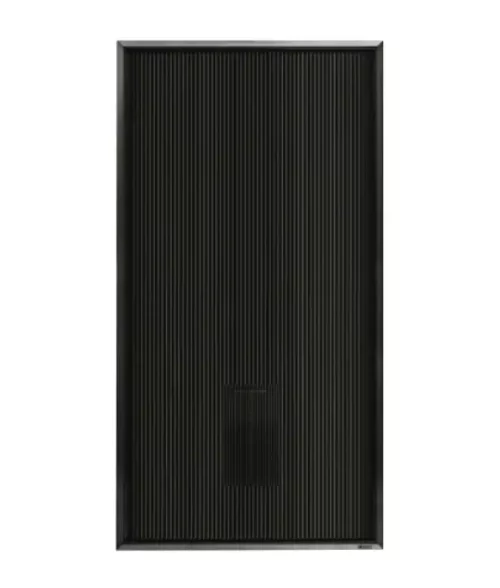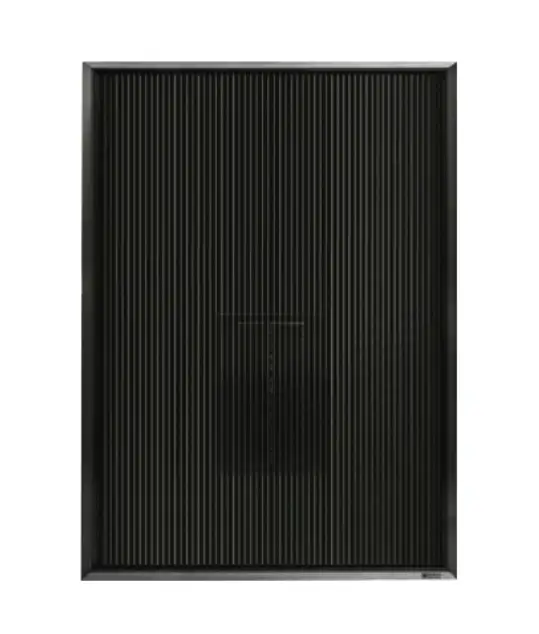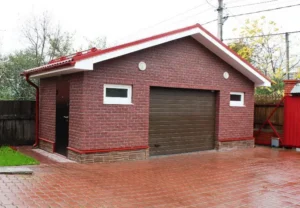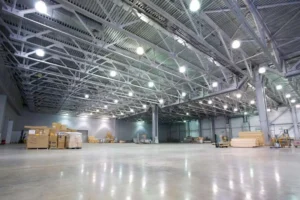Electric heater or solar manifold: how to make a choice?
A variety of technologies of the modern world makes it possible to solve the problems of the organization of engineering systems with the help of previously inaccessible equipment. The issues of efficiency, failure tolerance and economic feasibility are key to the implementation of the choice. The current operating experience makes it possible to easily compare the solar collector with other options for heating the premises.
Using electric heaters for heating
Until recently, the use of electric systems for garages, country houses and cottages served as the simplest and most affordable way in the absence of gas or the ability to organize water (steam) heating. They can also serve for rapid heating of the premises or play the role of safety in case the main mechanism for supplying heat is out of order.
Their arrangement does not need special permits or complex installation, and operation in everyday life does not cause questions. Safety requirements, as a rule, are fulfilled by the manufacturer at a sufficient level. Some varieties of electric heaters are also allowed to be used to maintain plus temperature in a country house during the absence of owners.
Types of electric heaters
There are 4 main types of devices for creating heat: each of them has its own pros and cons of operation, purpose and efficiency. A detailed description of each variety will help to compare electric heaters.
Thermal fans
This type of electrical appliances quickly hears the premises, moving hot air through it by means of a fan. They are small in size, have insignificant weight, mobile. Of the advantages, a low cost can also be noted, although electricity consumption during equipment cannot be called economical.
During operation, the heat generator creates noise, moreover, it is not fireproof. This electrical equipment is suitable for use during the period of repair work or for urgent heating of the premises. With its help, you can quickly set a comfortable temperature in the garage or pointily support it at the place of work of employees in large hangars or at bases.
Heat guns with a capacity of more than 2 kW are successfully used in industrial buildings.
The heating element of the device can be spiral or ceramic. The first variety is cheaper, but burns oxygen. The second is much more durable and is relieved of this drawback.
Oil radiators
Oil heaters are extremely popular and are produced in a variety of variations. They, as a rule, have increased safety indicators, a built in shutdown system when overturning or overheating. The design of the devices is simple, but usually heavy, therefore it is most often intended for flooring. To give mobility, the product is often supplied with wheels.
Of the minuses in the operation of the device, one can note:
- a relatively long period of warming up the premises after turning on the electrical appliance (about half an hour, subject to compliance with the heated area of the unit power);
- the high temperature of the case of the product during operation, due to which it is required to protect from the access of children and observe caution so as not to get burned;
- Uneven heating of air its temperature near the device is much higher than in the remote parts of the room.

Infrared heaters
A unique type of electrical appliances that can heat not air, but objects and furniture in the radiation spread zone. It is the heat emanating from them that helps to increase the temperature in the room.
Using them as the main heat source is not too appropriate, but for heating individual zones in buildings and even on the street they are perfect. The equipment is easily mounted on the ceiling or walls, does not take up space in rooms, it is fireproof.
There are three main variations of infrared heaters:
- carbonate the most powerful, they are used in open spaces;
- light spectrum of radiation hot up to 600°C;
- Long wave heat up to 250°C, are most often used for household purposes.
Convectors
There are wall, floor and universal convection devices. Comparison of electric heaters in effectiveness shows that this type is the best choice for the organization of the main heating system using electric current.
The principle of operation of such an unit is the convection of heated air through the upper part of its body, at the same time it retains a harmless temperature during operation. The device economically consumes electricity, is characterized by increased safety and ease of operation.
Solar collectors as an alternative to electric heaters

Based on practice, we can conclude that the basic requirements for the heating system are put on the following list:
- reliability;
- inconsistent installation and operation;
- economy;
- security.
The solar collector meets each of these requirements:
- Its failure tolerance is due to the simplicity of the design and independence from power sources (gas, electricity) that can fail in external failures.
- Installation of equipment is available without collecting permits and without special installation equipment.
- Work from solar energy allows you to forget about paying for gas or electricity bills, that is, the solar collector heats the building for free.
- The safety of the device is at a high level its operation is completely autonomous, while it will not cause an explosion, no fire, nor closes on the network.
A comparison of the effectiveness of a solar collector and an electric heater shows that in the first case, these positions are respected by default, while the price of high quality fault resistant and safe electrical devices is large, moreover, they are completely dependent on their expensive resource.






